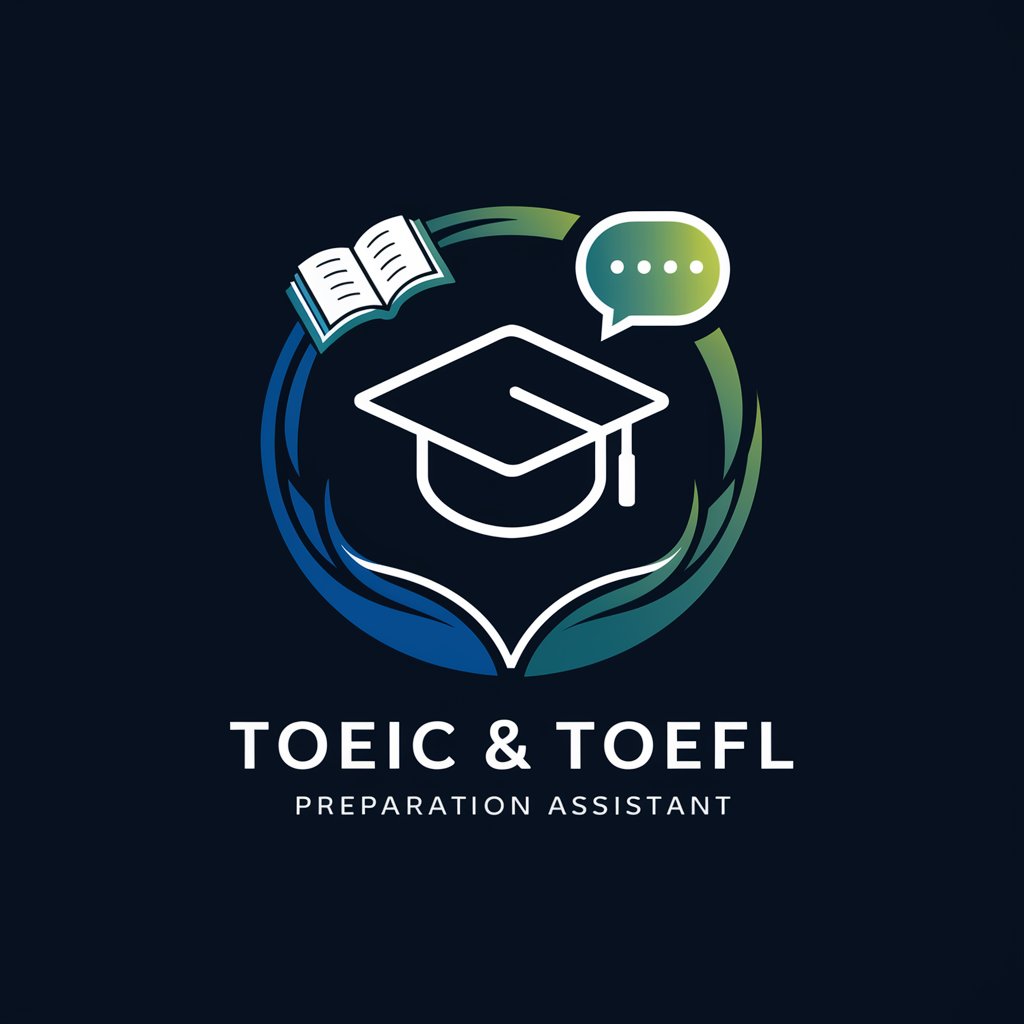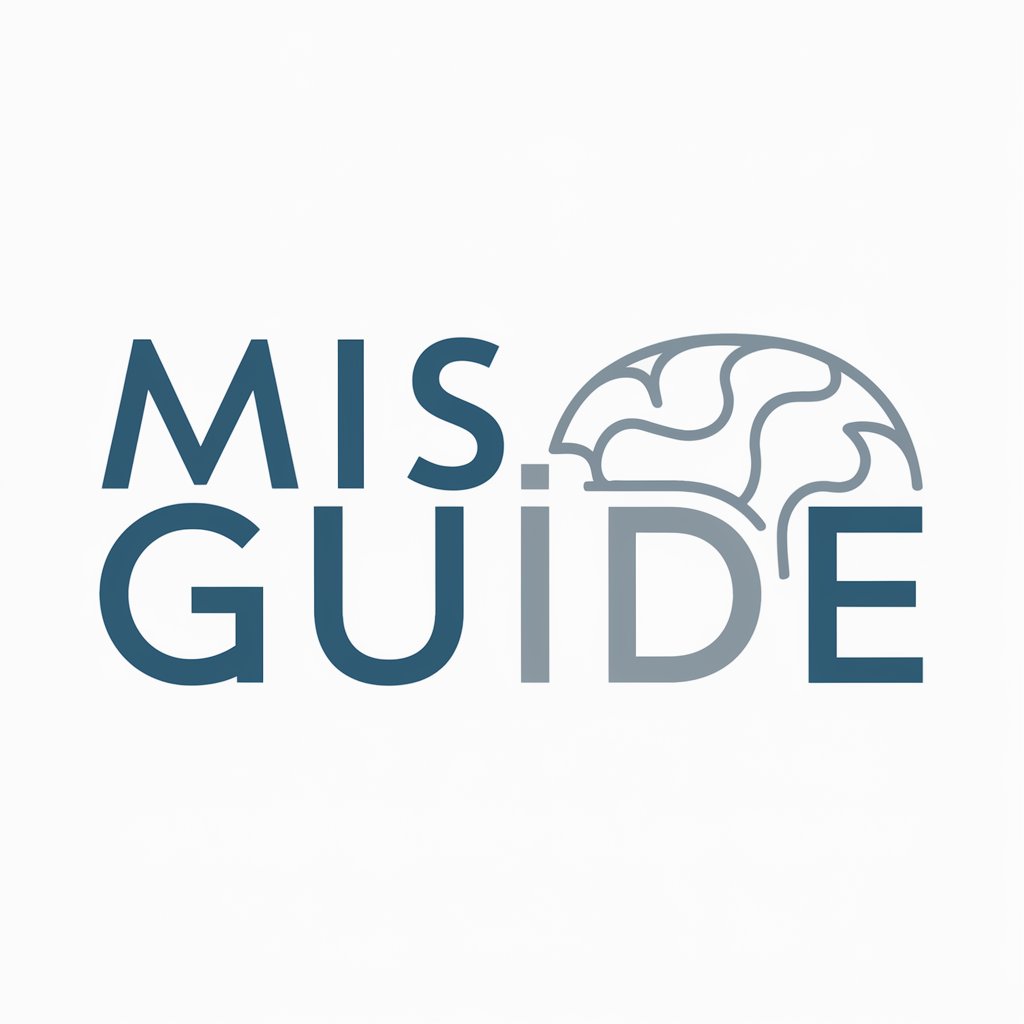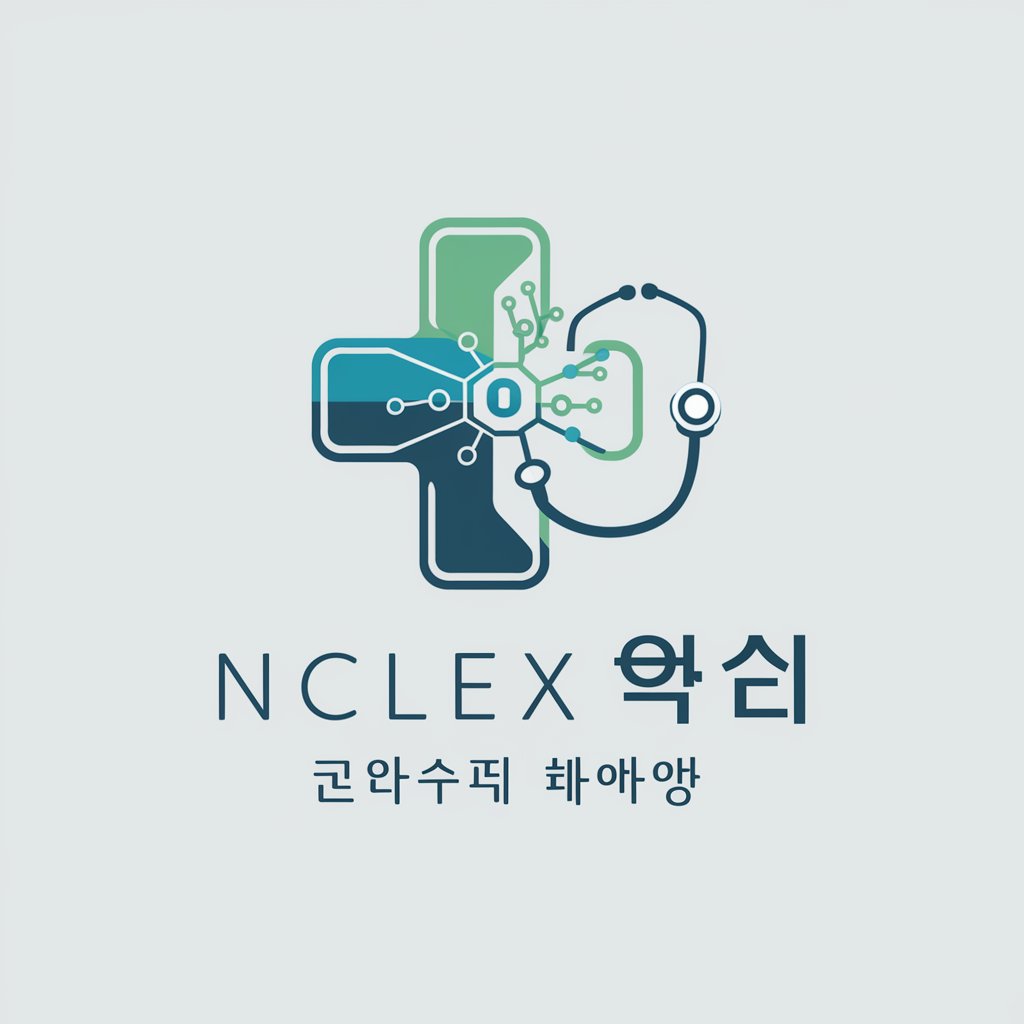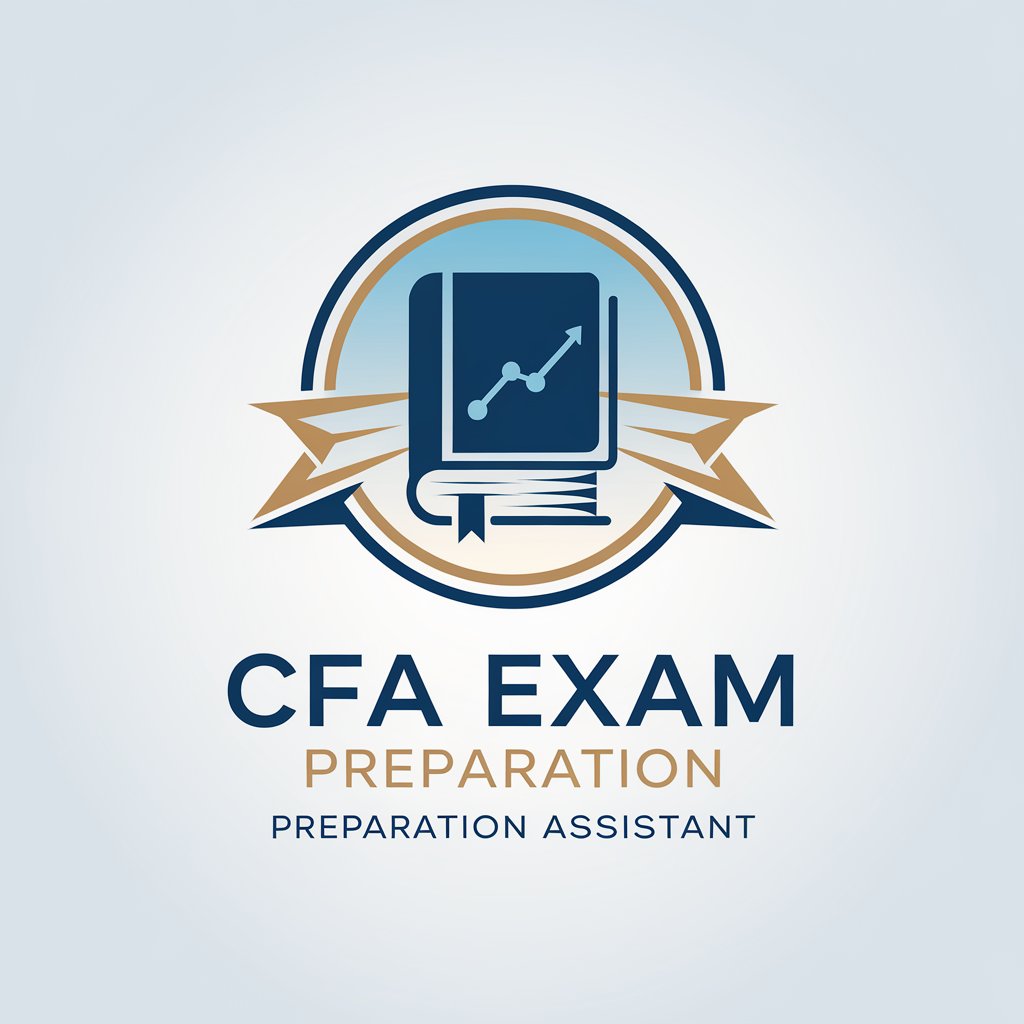
CISSP Study Strategy Guide-CISSP study strategy guide
AI-powered CISSP coach for strategy, practice, and managerial thinking.
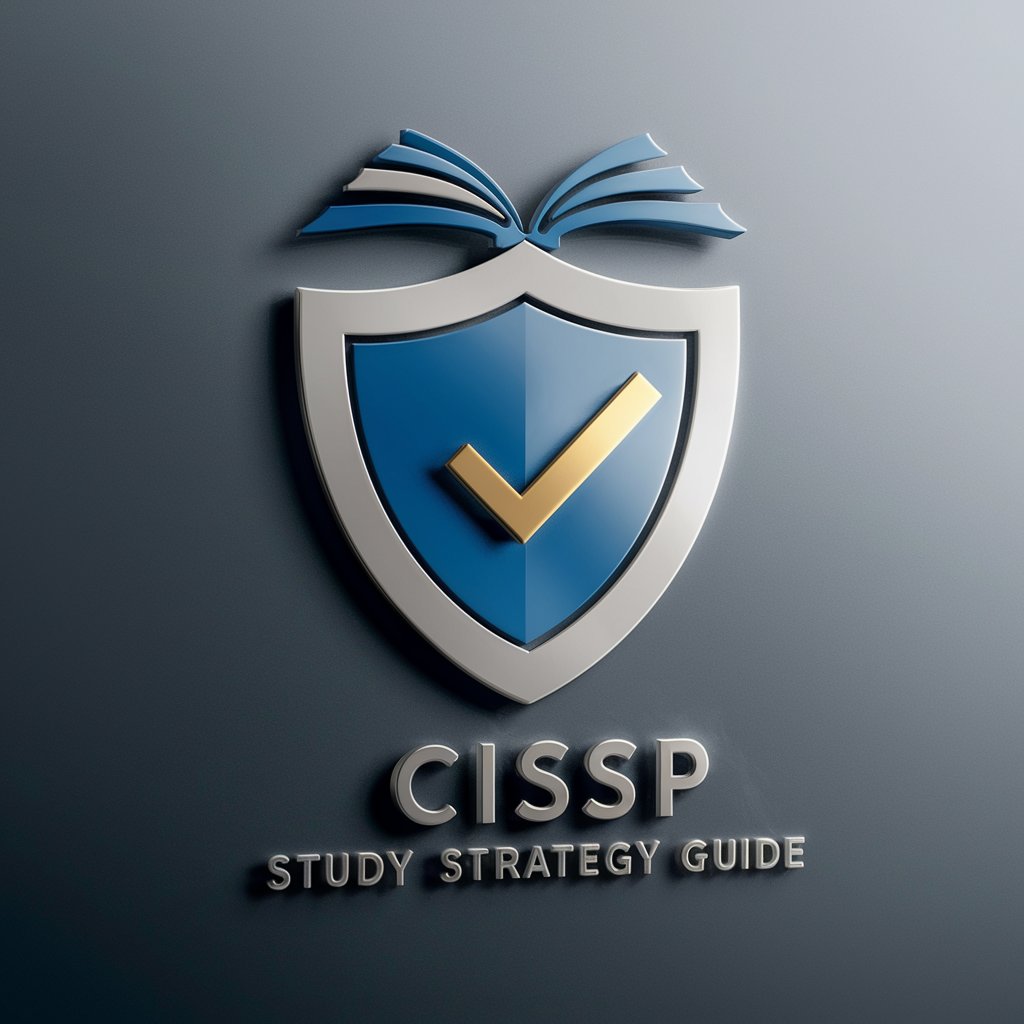
Expert guide for CISSP topics, with detailed explanations and real-world application.
Explain the concept of SESAME in CISSP
Describe the role of Public Key Infrastructure in CISSP
What are the key features of Role-Based Access Control?
How does cryptography apply to cybersecurity in CISSP?
Get Embed Code
CISSP Study Strategy Guide Overview
The CISSP (Certified Information Systems Security Professional) Study Strategy Guide is designed to help individuals prepare for the rigorous CISSP certification exam. Its primary function is to offer a structured approach for mastering the extensive body of knowledge required for the exam. The guide is built around the CISSP Common Body of Knowledge (CBK), which includes eight domains of information security. It serves as both a roadmap for exam preparation and a resource for real-world application of the concepts tested. The guide is structured to break down complex topics into digestible sections, reinforcing learning through practice questions, study tips, and scenario-based learning. For example, when studying topics like risk management or security architecture, the guide introduces case studies or real-world scenarios where these principles would apply, helping learners understand not just the theory but how these concepts manifest in actual job functions.
Main Functions of the CISSP Study Strategy Guide
Ideal Users of the CISSP Study Strategy Guide
Cybersecurity Professionals Seeking Certification
This group includes individuals who have experience in the cybersecurity field but want to formalize their knowledge with the CISSP certification. These users benefit from the guide's structured learning, practice exams, and real-world scenarios to prepare for the exam and enhance their professional credibility. For example, a network engineer with 8 years of experience in firewall management might use the guide to bridge gaps in knowledge about governance, risk management, and legal compliance, areas that are heavily tested in the CISSP exam.
IT Managers and Leaders
IT managers and leaders who need to understand information security at a strategic level are ideal users. The guide helps them gain comprehensive knowledge of security architecture, governance, risk management, and other critical areas. By using the guide, they can better understand and manage security operations within their organizations. For example, a CIO preparing for the CISSP exam might use the guide to strengthen their understanding of access control models or security operations, both of which are essential for leading a security-focused organization.
Aspiring Cybersecurity Professionals
Individuals transitioning into cybersecurity or new to the industry can also benefit from the guide. Even though they may not have hands-on experience in every domain of the CBK, the guide provides a clear path to mastering theoretical knowledge and bridging the gap between learning and application. For instance, someone with a background in software development but new to security can use the guide to learn the basics of risk management, cryptography, and security architecture.
How to Use CISSP Study Strategy Guide
Visit aichatonline.org for a free trial without login, also no need for ChatGPT Plus.
Instant access; no account or paid plan required.
Set goals and prerequisites
Define your exam date, weekly study hours, and current domain strengths. Recommended baseline: familiarity with security fundamentals and access to an outline of the eight CISSP domains. Tip: bring any existing notes or policies you’ve written.
Generate a tailored study plan
Ask for a time-boxed plan (e.g., 6, 8, or 12 weeks) aligned to (ISC)² exam objectives with daily tasks, domain priorities, and spaced-repetition checkpoints. Include ‘Managerial Application’ prompts so each topic maps to real-world decisions.
Practice actively across use cases
Request domain summaries, exam-style Q&As,JSON code correction flashcards, scenario drills (risk, BCP/DRP, IAM, crypto), and quick-reference sheets. Use ‘teach-back’ mode to explain a concept and get corrective feedback. Rotate between weak and strong domains to avoid plateaus.
Optimize your workflow
Study in focused 45–60 minute blocks, finish with 5–10 recall questions, and tag unclear items for next-day review. Ask for ‘exam-mindset’ guidance (eliminate distractors, choose best managerial answer) and weekly readiness checks with targeted remediation.
Try other advanced and practical GPTs
IoT (Internet of Things) Mentor
AI-powered solutions for IoT development

Git Expert ㆍGitHub & GitLabㆍ
AI-powered Git expert for GitHub & GitLab
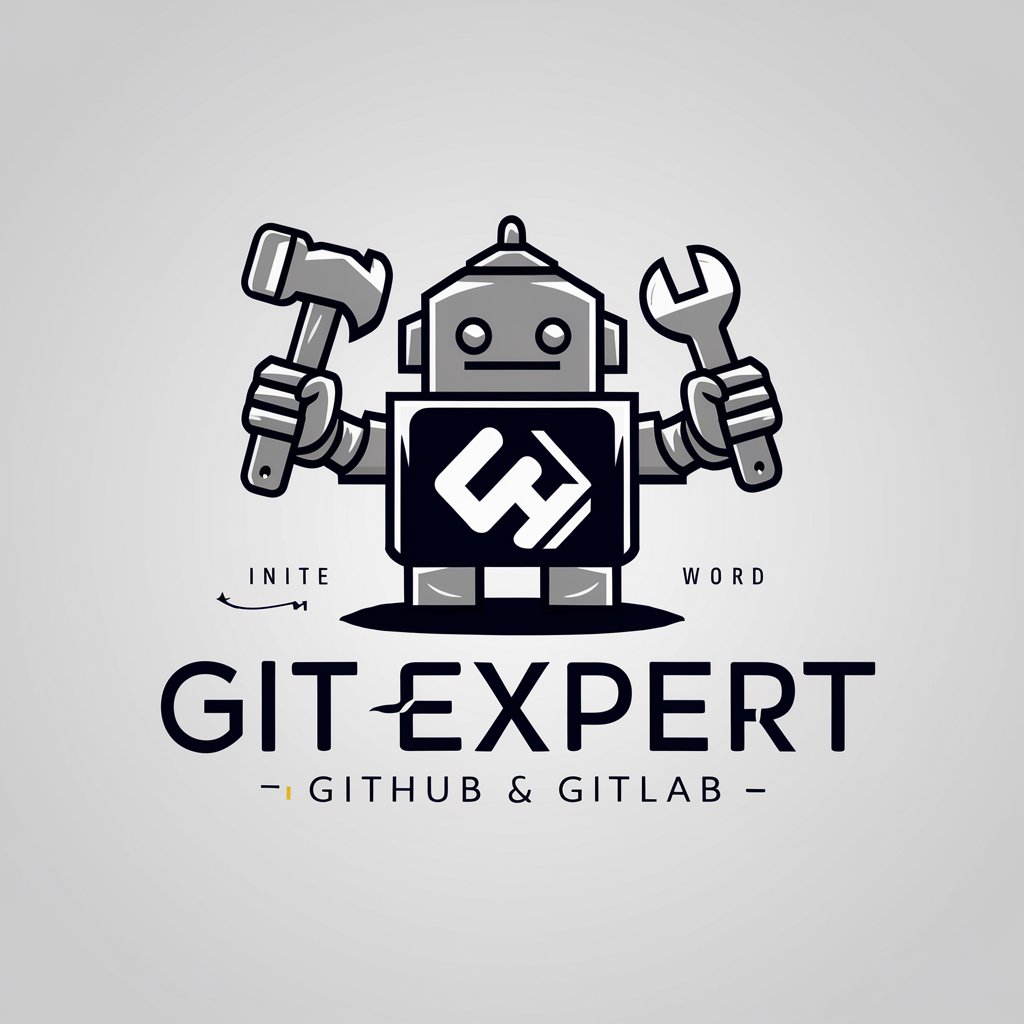
Math Expert
AI-powered, step-by-step math solutions.
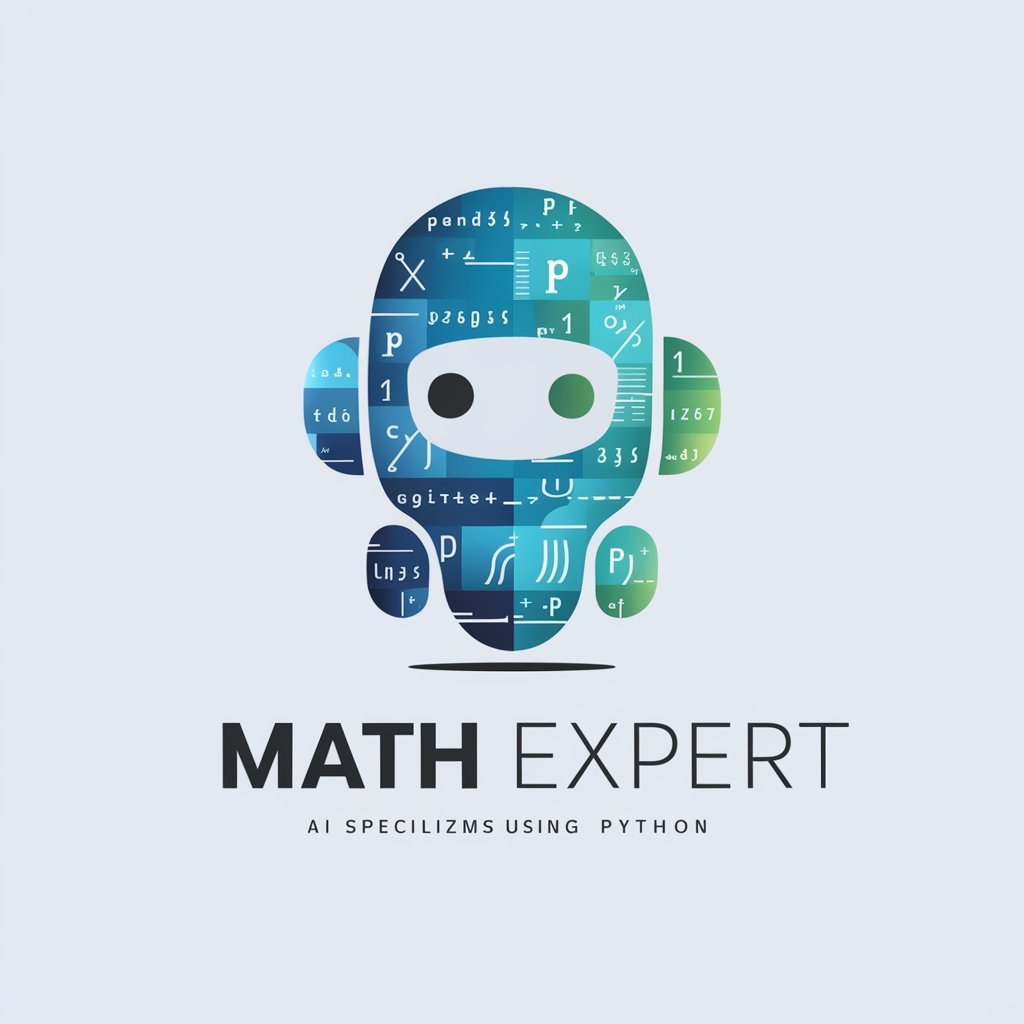
Eleven Labs
AI-powered text‑to‑speech, cloning, and dubbing.
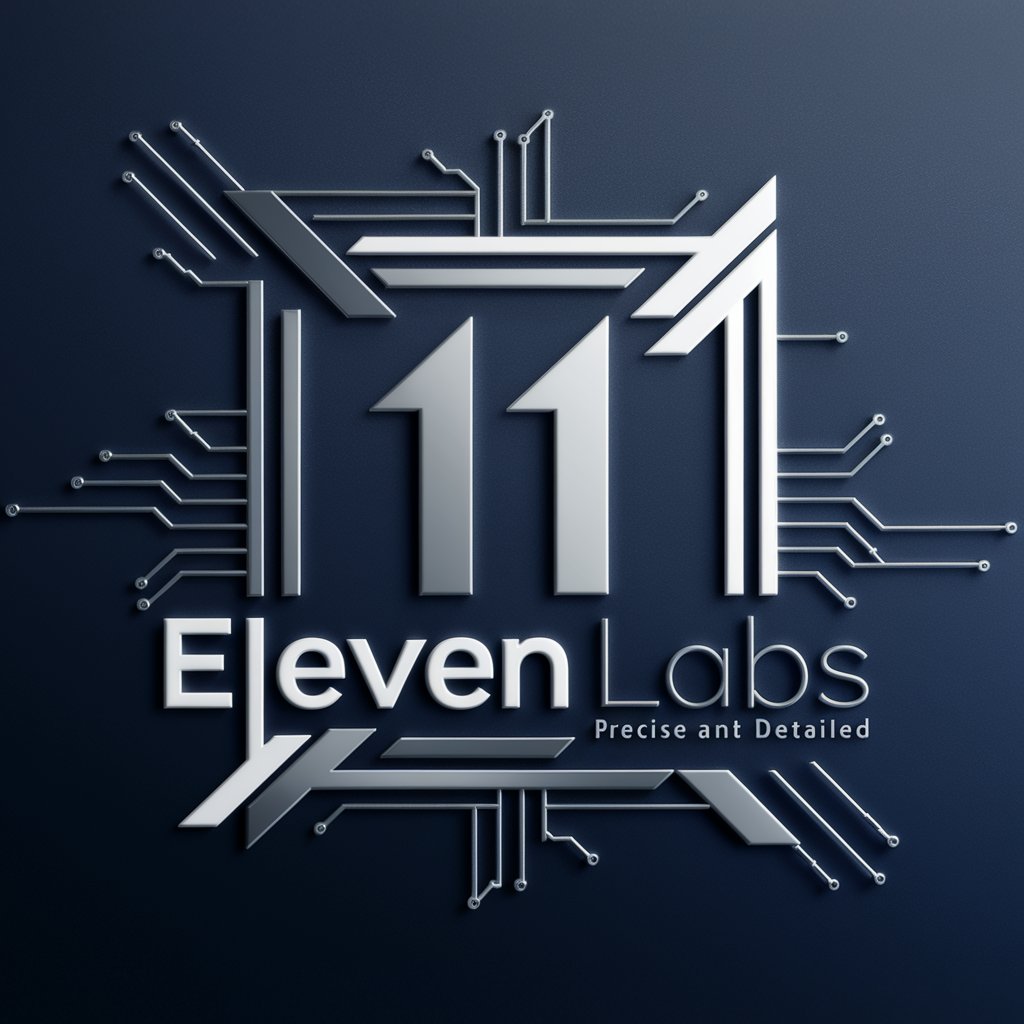
MHA OC Creator
AI-powered creator for original MHA characters.

IB Chem IA Guide
AI-powered support for your Chemistry IA

Enbo Lite: Your Personal Entrepreneurship Mentor
AI-powered mentor to start and scale

Crossword Generator
AI-powered crosswords, customized and printable.

AHK v2 Wizard
AI-powered AutoHotkey v2 scripting.

Blog Post / Article Image Generator + Alt Text
AI-driven images with SEO-friendly alt text.
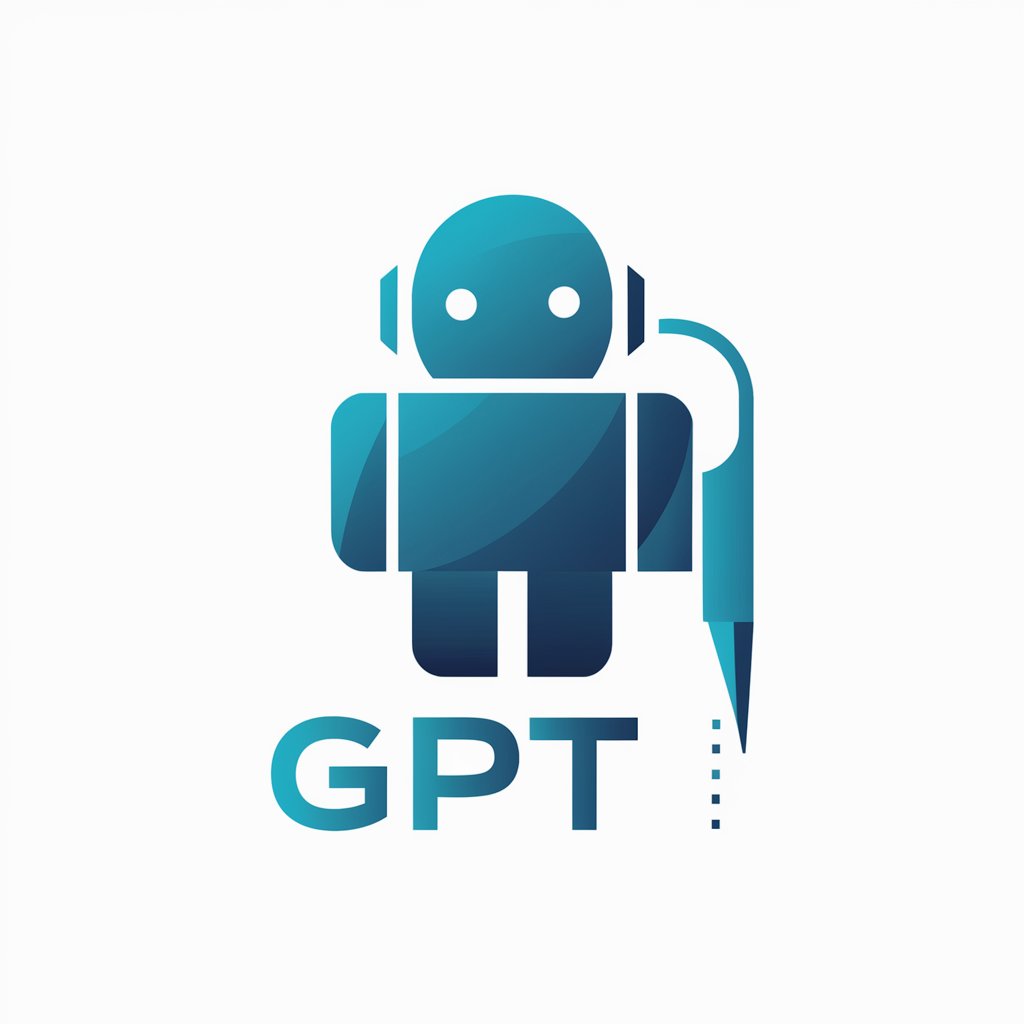
cupcake v0 game 2: are you smarter than a degen
AI-powered trivia game for knowledge seekers

Veeam Backup Expert Helper Bot
AI-powered Veeam Backup Helper Bot

- Flashcards
- Policy Drafting
- Exam Planning
- Domain Review
- Scenario Drills
Five Detailed Q&As About This Tool
What exactly does CISSP Study Strategy Guide do?
It turns the CISSP outline into a concrete plan: structured explanations, domain-by-domain objectives, exam-style questions with rationales, flashcards, memory aids, and ‘Managerial Application’ sections that show how each concept drives decisions (risk acceptance, control selection, policy trade-offs).
How does it teach the CISSP ‘managerial mindset’?
Beyond definitions, it frames choices like a security leader: aligning controls to business objectives, weighing due care vs. due diligence, prioritizing life safety and mission continuity, and selecting cost-justified controls. Each topic ends with a small decision scenario to practice best-answer selection.
Can it build a customized study plan for different timelines?
Yes. Provide your exam date and weekly availability; it produces a phased roadmap (assessment → core learning → mixed practice → final polish), weekly goals, daily tasks, spaced repetition, and periodic readiness checks with targeted remediation for weak domains.
What types of practice can I request?
Domain quizzes, mixed-topic sets, scenario analysis (incident response, BIA, IAM design), quick formula drills (ALE/SLE/ARO), terminology flashcards, and ‘why the wrong answers are wrong’ reviews to sharpen test-taking discrimination.
How do I use it on the job, not just for the exam?
Ask for templates and decision guides: risk registers, policy skeletons, BCP/DRP checklists, IAM role models, data classification matrices, and security awareness outlines. You’ll get concise, actionable artifacts with notes on stakeholder communication and governance alignment.

